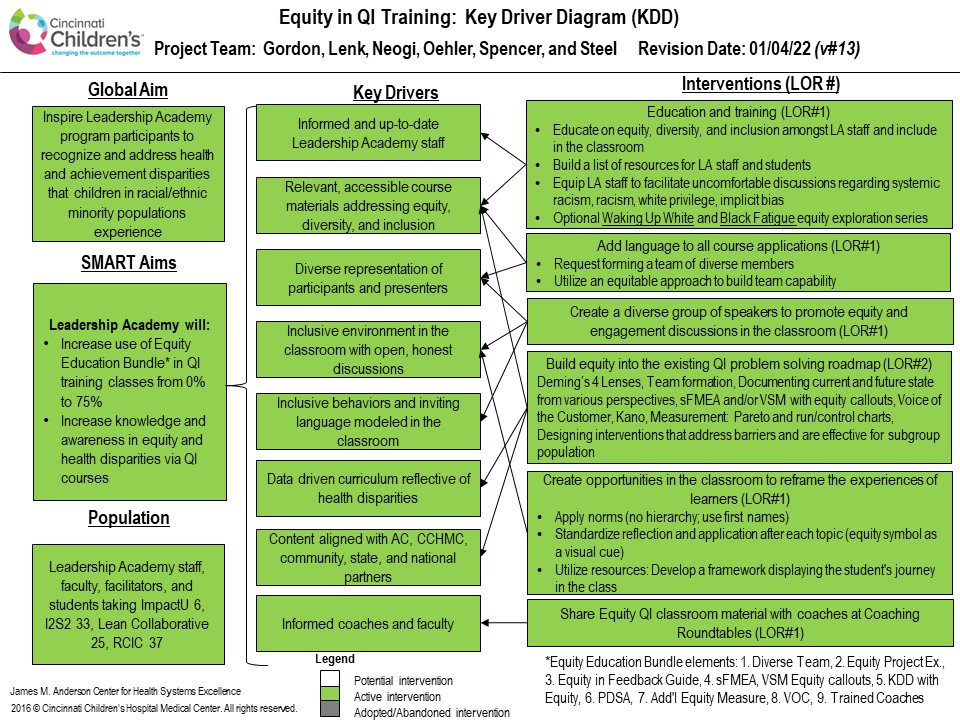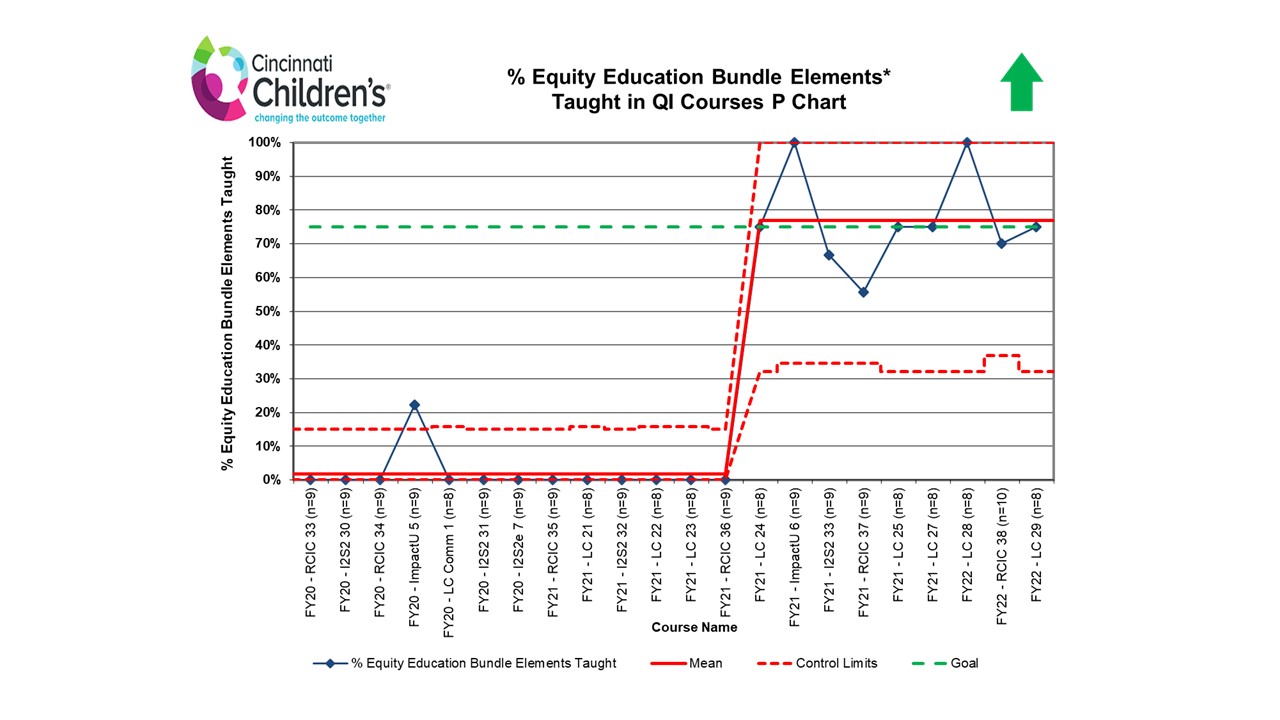Health Equity/Social Determinants of Health
Category: Abstract Submission
Health Equity/Social Determinants of Health VI
188 - Integrating an Equity Lens in Quality Improvement Education Courses
Monday, April 25, 2022
3:30 PM - 6:00 PM US MT
Poster Number: 188
Publication Number: 188.413
Publication Number: 188.413
Mary Anne Lenk, Cincinnati Children's Hospital Medical Center, Cincinnati, OH, United States; Smriti Neogi, Cincinnati Children's Hospital Medical Center, Mason, OH, United States; Scott N. Steel, Cincinnati Children's Hospital, Cincinnati, OH, United States; Jennifer Oehler, Cincinnati Children's Hospital Medical Center, Crestview Hills, KY, United States; Dwayne K. Spencer, Cincinnati Children's Hospital Medical Center, Waynesville, OH, United States; Sarah Gordon, Cincinnati Children's Hospital Medical Center, Cincinnati, OH, United States; Maria T. Britto, Cincinnati Children's Hospital Medical Center, Cincinnati OH, OH, United States

Mary Anne Lenk, BS, MBOE
Director, QI Education
Cincinnati Children's Hospital Medical Center
Cincinnati, Ohio, United States
Presenting Author(s)
Background: Our hospital aims to reduce socioeconomic and racial disparities so that all children can pursue their full health potential. We offer a portfolio of quality improvement (QI) courses for improvement leaders and teams in our hospital, for external hospital leaders, and for child-serving community partners. The purpose of the first year of this study was to determine if an equity education bundle would improve students’ knowledge regarding how to improve equity and whether these changes would result in reduced inequities in project outcomes.
Objective: 1) Increase use of an equity education bundle in QI training courses from 0% to 75%. 2) Increase knowledge and awareness in equity and health disparities via QI courses.
Design/Methods: With input from content experts, we developed our theory for improvement via a Key Driver Diagram (Figure 1). For Objective 1 we tested a 9 component QI equity education bundle and plotted percentage use of bundle elements by course on a control chart to detect improvement over time. For Objective 2 we utilized a knowledge and perceptions survey on health disparities and racism with 8 common items for team and leader courses. We employed a Likert scale of 1 to 7 where 1 indicates strongly disagree and 7 indicates strongly agree to survey item statements. Differences in pre- and post- data for all survey item responses were evaluated using the two-tailed student-t test and Wilcoxon signed rank test. For all tests, a p value of < 0.1 was considered statistically significant.
Results: Over the first 18 months we have seen an increase in use of the equity education bundle for Objective 1 (Figure 2). Knowledge and awareness in equity and health disparities was analyzed for common survey questions across the 4 QI piloted courses for Objective 2 (Figure 3). Questions relevant to educating self about disparate outcomes and recruiting diverse team members were statistically significant in 2 courses. Conclusion(s): We developed and implemented a QI equity education bundle that led to improvements in knowledge but did not yet lead to reductions in outcome gaps. Future work will adapt the bundle to focus more on strategies to directly identify and reduce inequities.
Figure 1. Key Driver Diagram
Figure 2. Equity Education Bundle P Chart
Objective: 1) Increase use of an equity education bundle in QI training courses from 0% to 75%. 2) Increase knowledge and awareness in equity and health disparities via QI courses.
Design/Methods: With input from content experts, we developed our theory for improvement via a Key Driver Diagram (Figure 1). For Objective 1 we tested a 9 component QI equity education bundle and plotted percentage use of bundle elements by course on a control chart to detect improvement over time. For Objective 2 we utilized a knowledge and perceptions survey on health disparities and racism with 8 common items for team and leader courses. We employed a Likert scale of 1 to 7 where 1 indicates strongly disagree and 7 indicates strongly agree to survey item statements. Differences in pre- and post- data for all survey item responses were evaluated using the two-tailed student-t test and Wilcoxon signed rank test. For all tests, a p value of < 0.1 was considered statistically significant.
Results: Over the first 18 months we have seen an increase in use of the equity education bundle for Objective 1 (Figure 2). Knowledge and awareness in equity and health disparities was analyzed for common survey questions across the 4 QI piloted courses for Objective 2 (Figure 3). Questions relevant to educating self about disparate outcomes and recruiting diverse team members were statistically significant in 2 courses. Conclusion(s): We developed and implemented a QI equity education bundle that led to improvements in knowledge but did not yet lead to reductions in outcome gaps. Future work will adapt the bundle to focus more on strategies to directly identify and reduce inequities.
Figure 1. Key Driver Diagram

Figure 2. Equity Education Bundle P Chart

